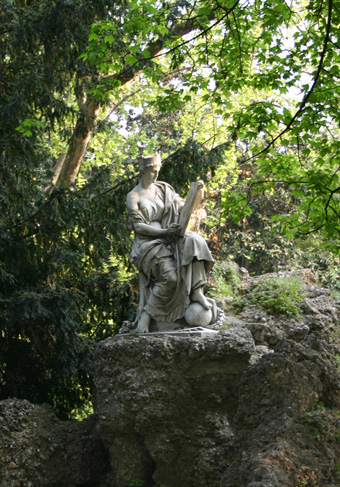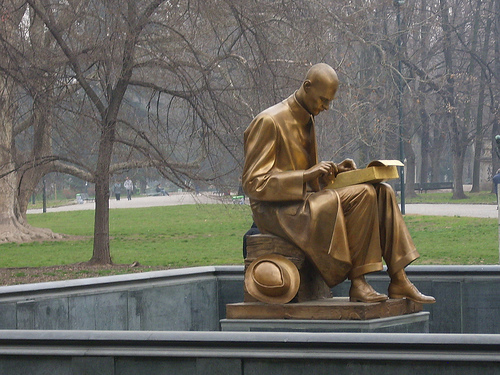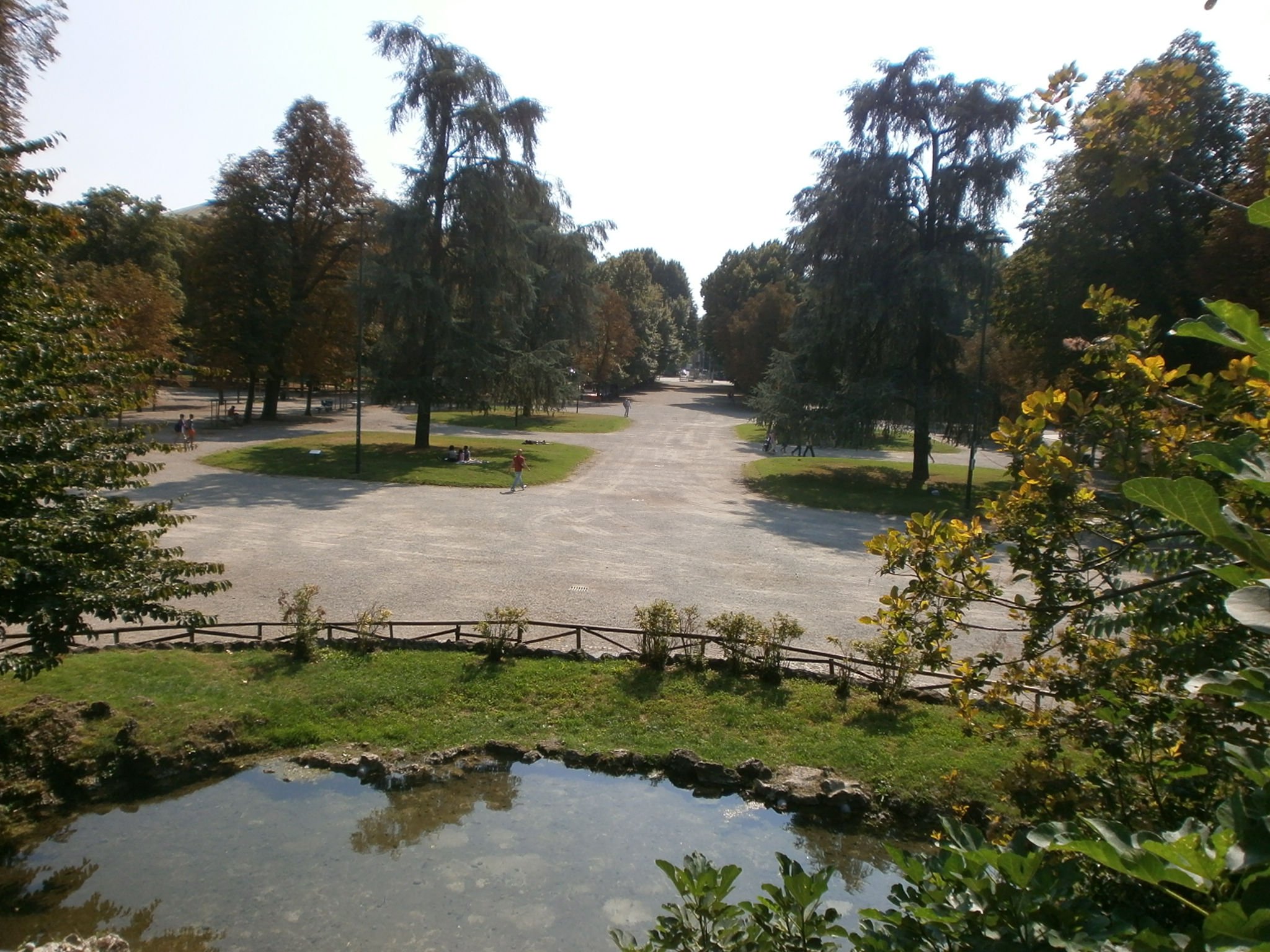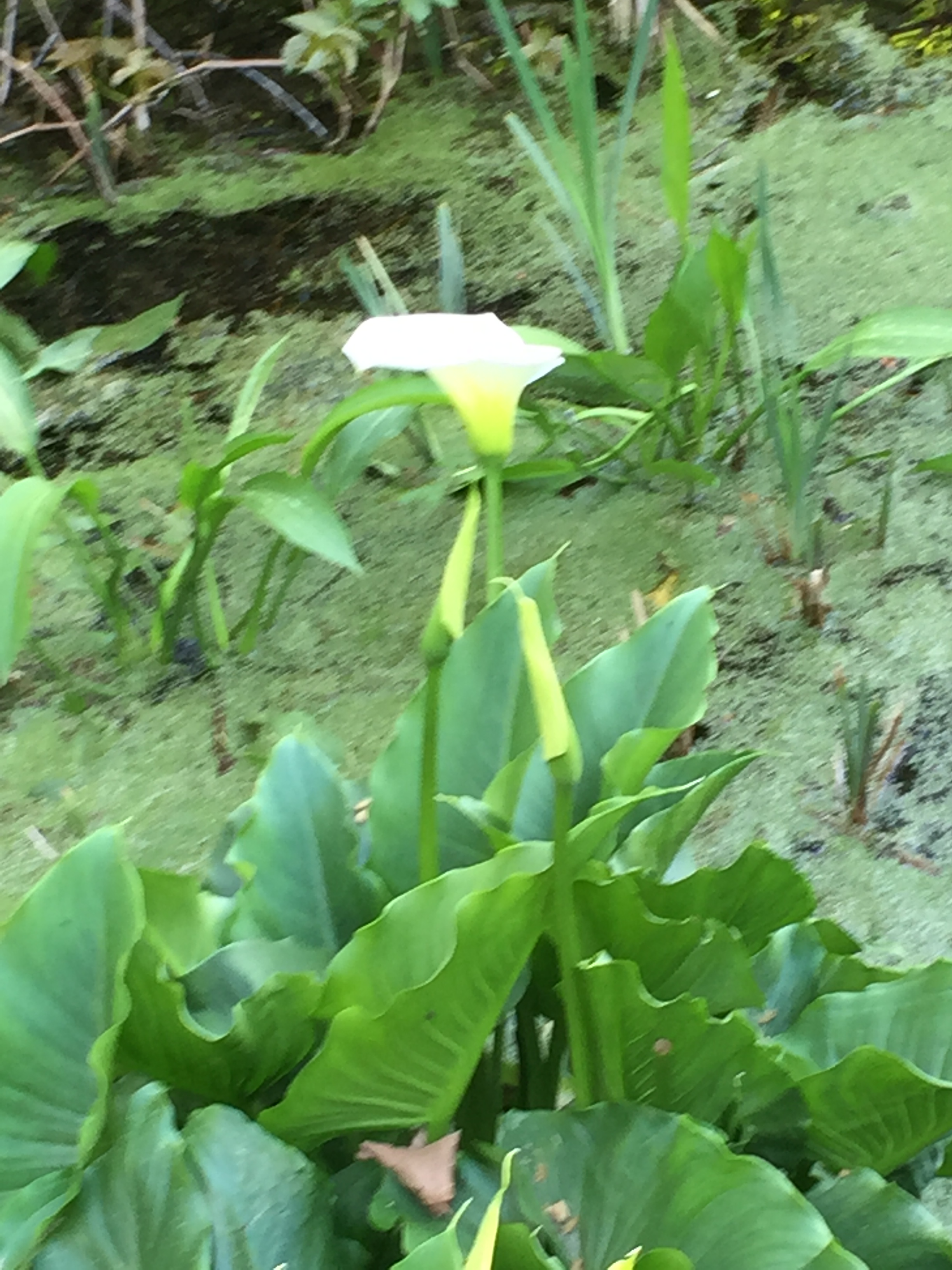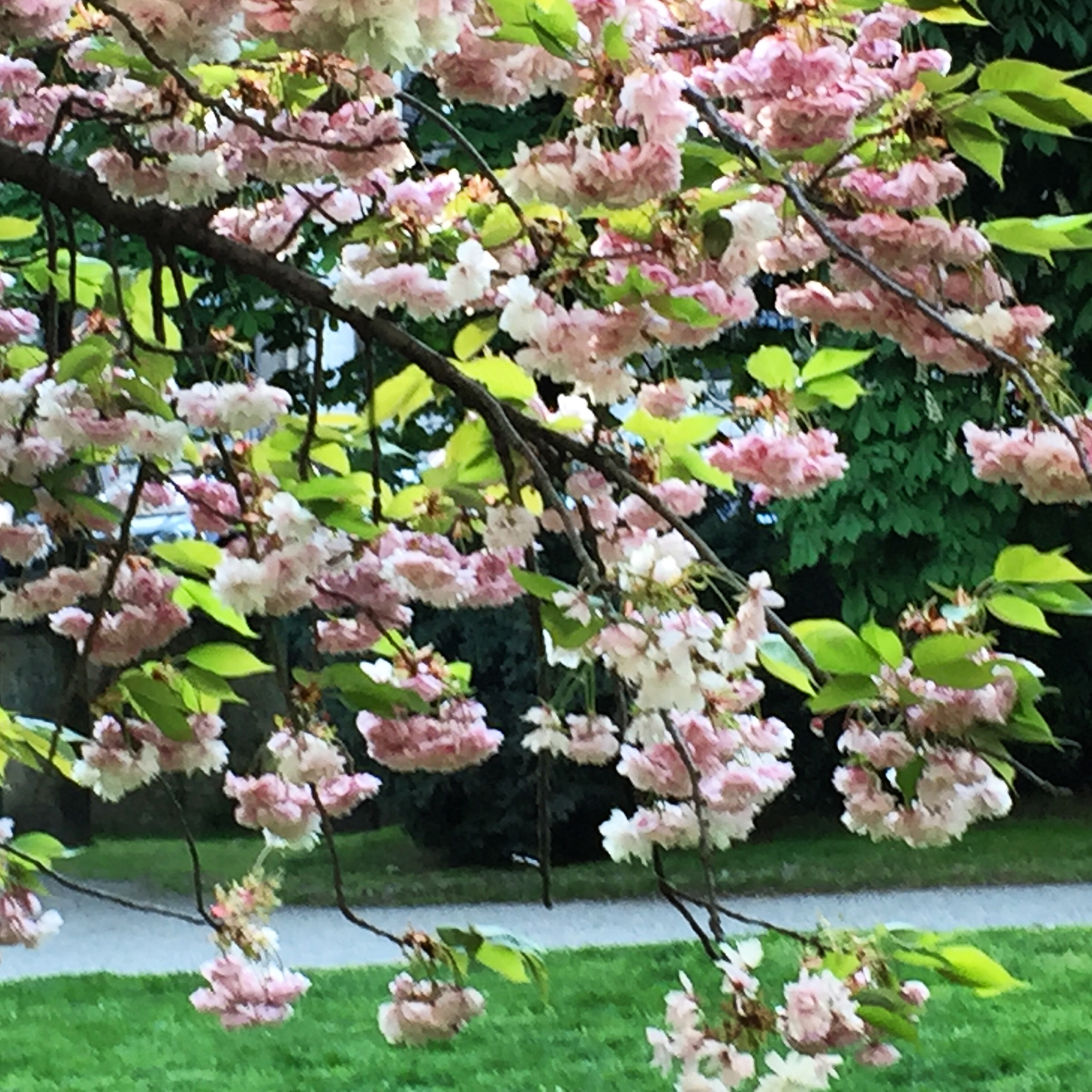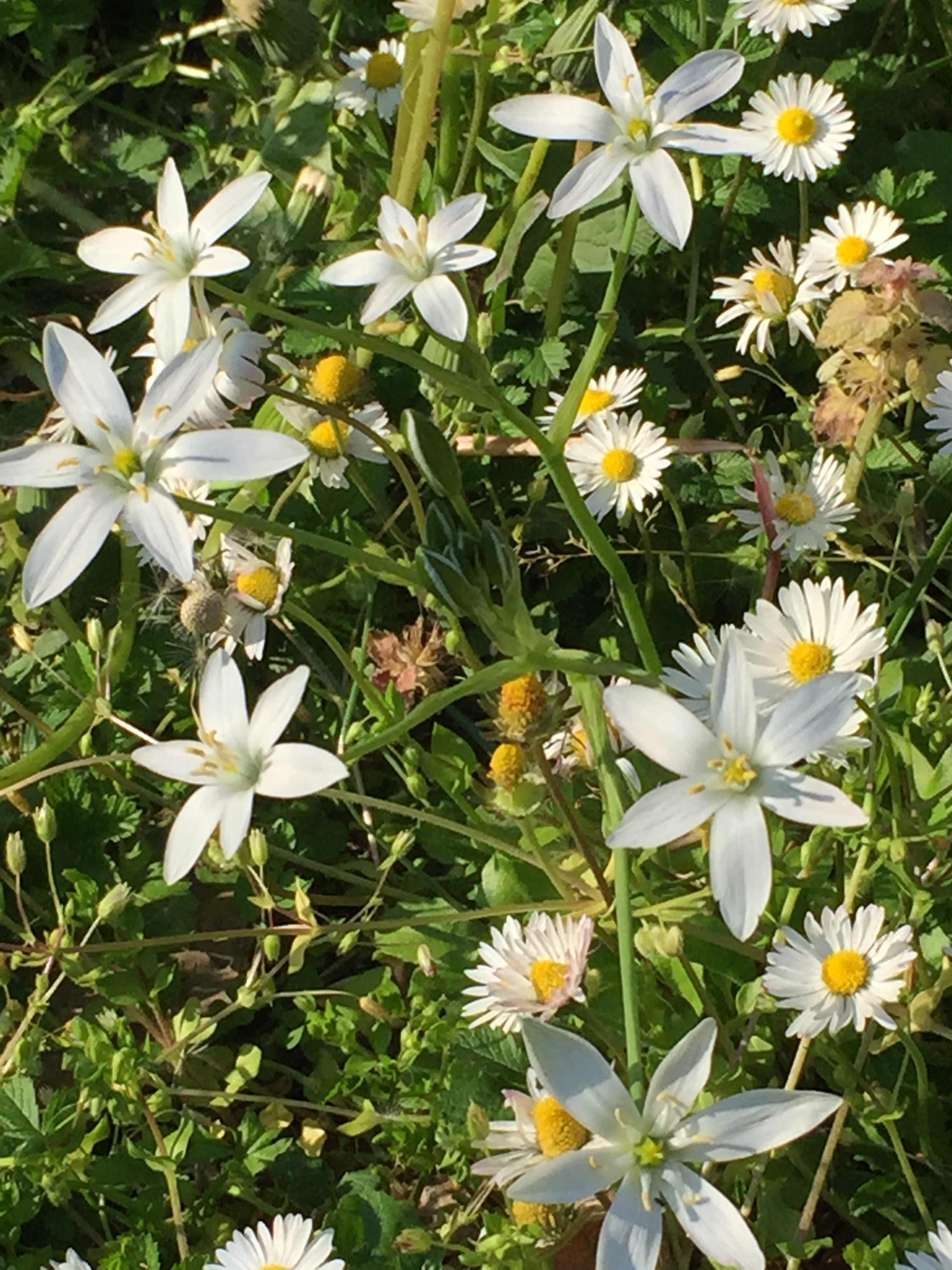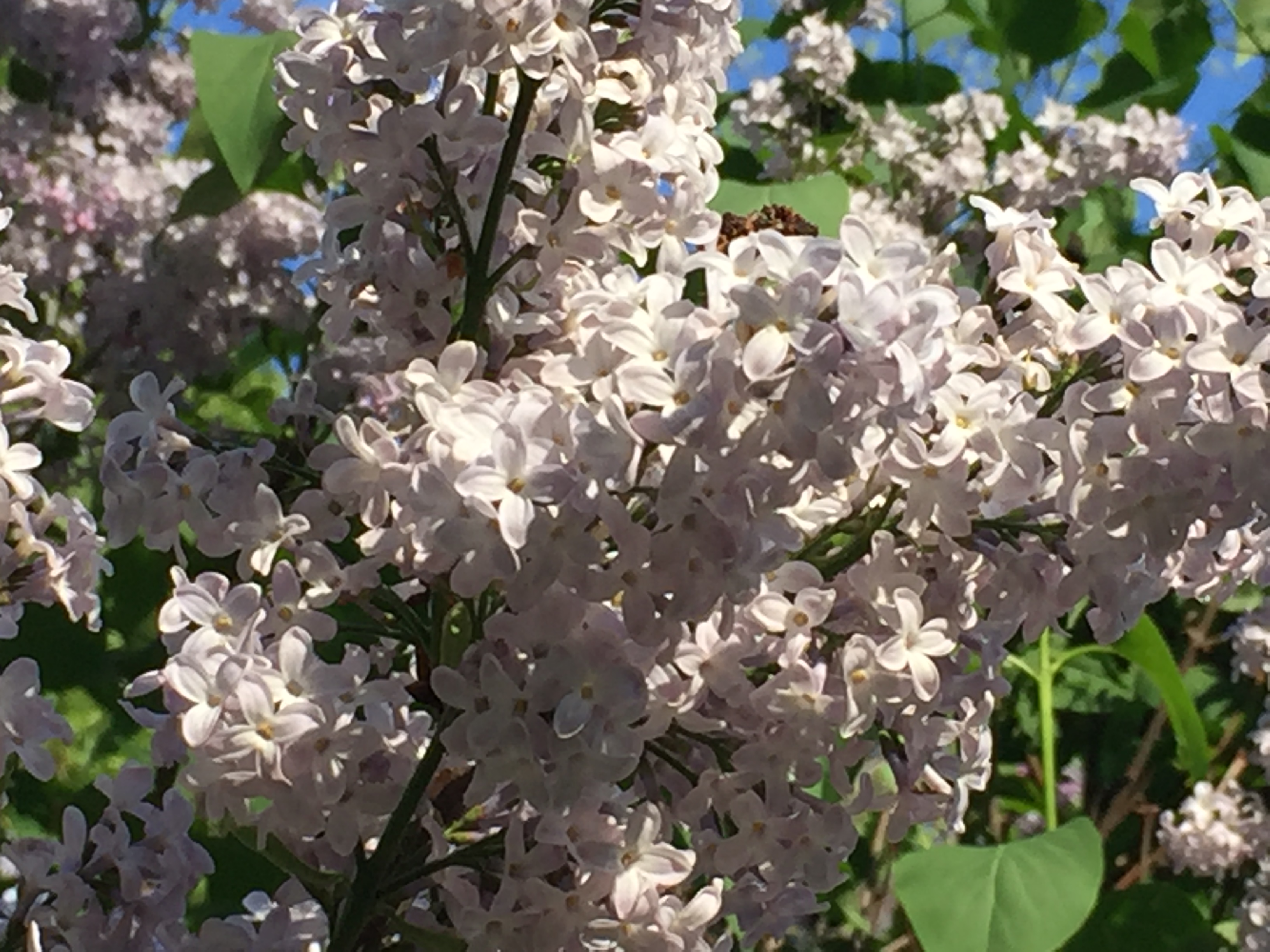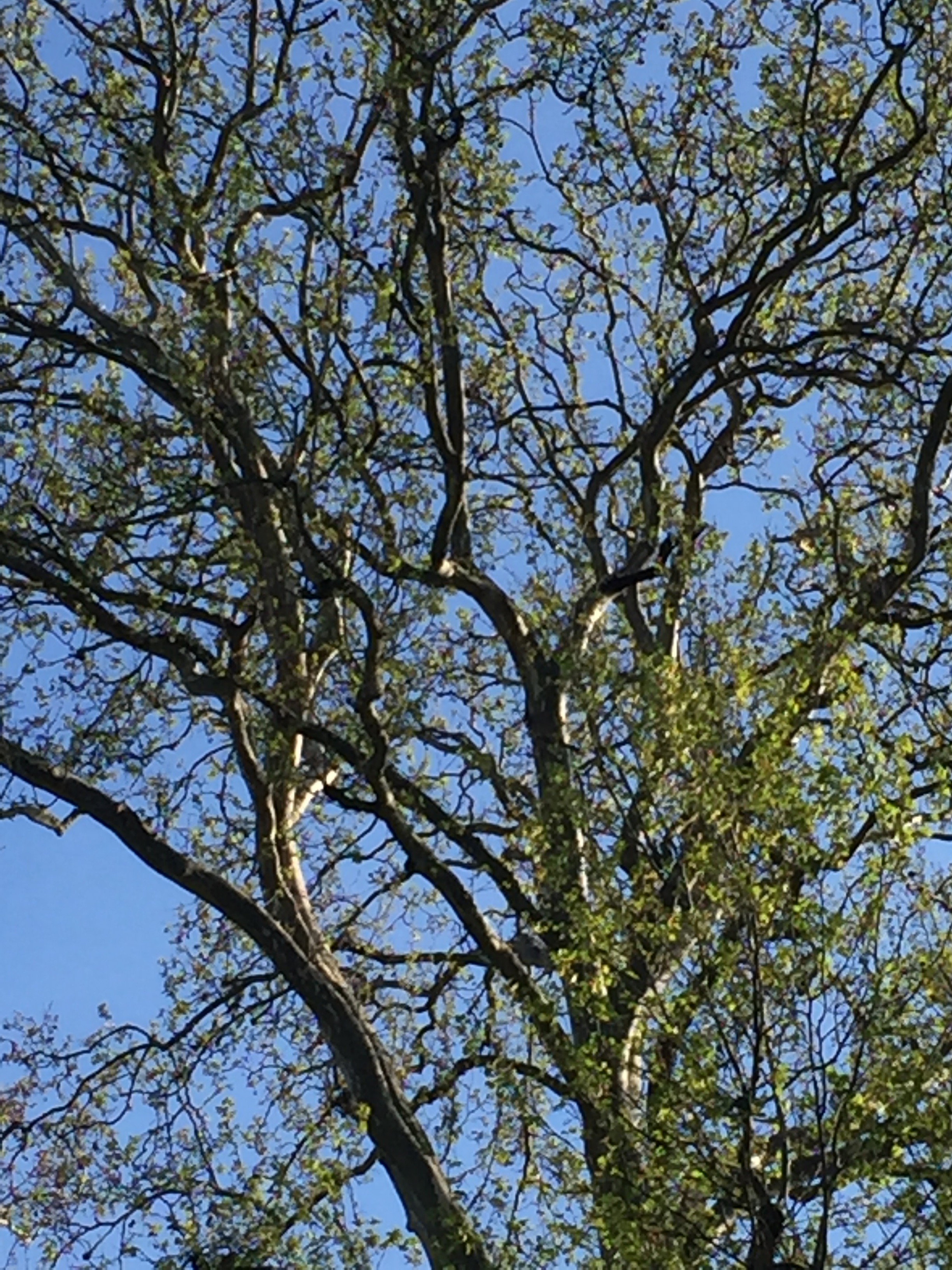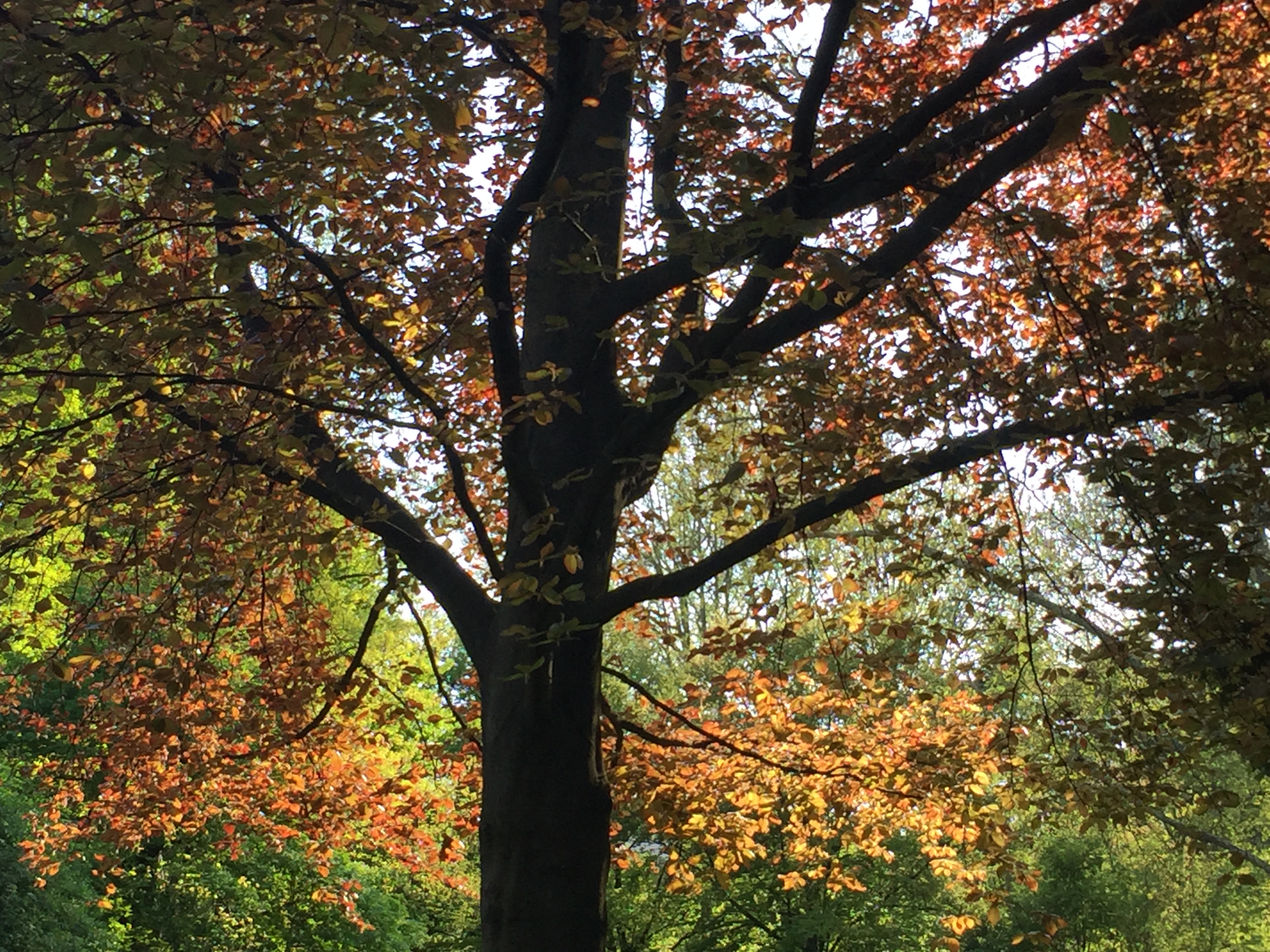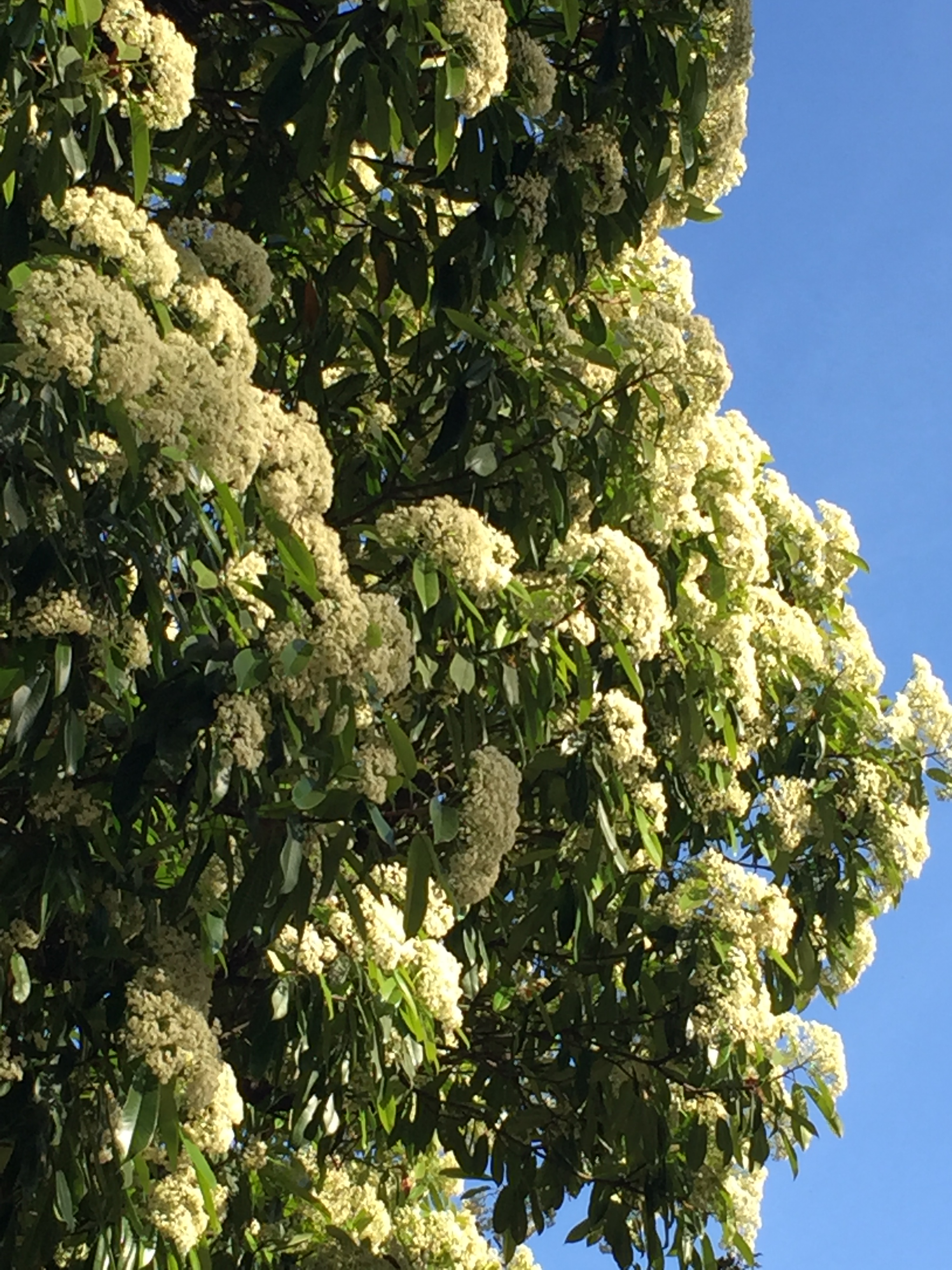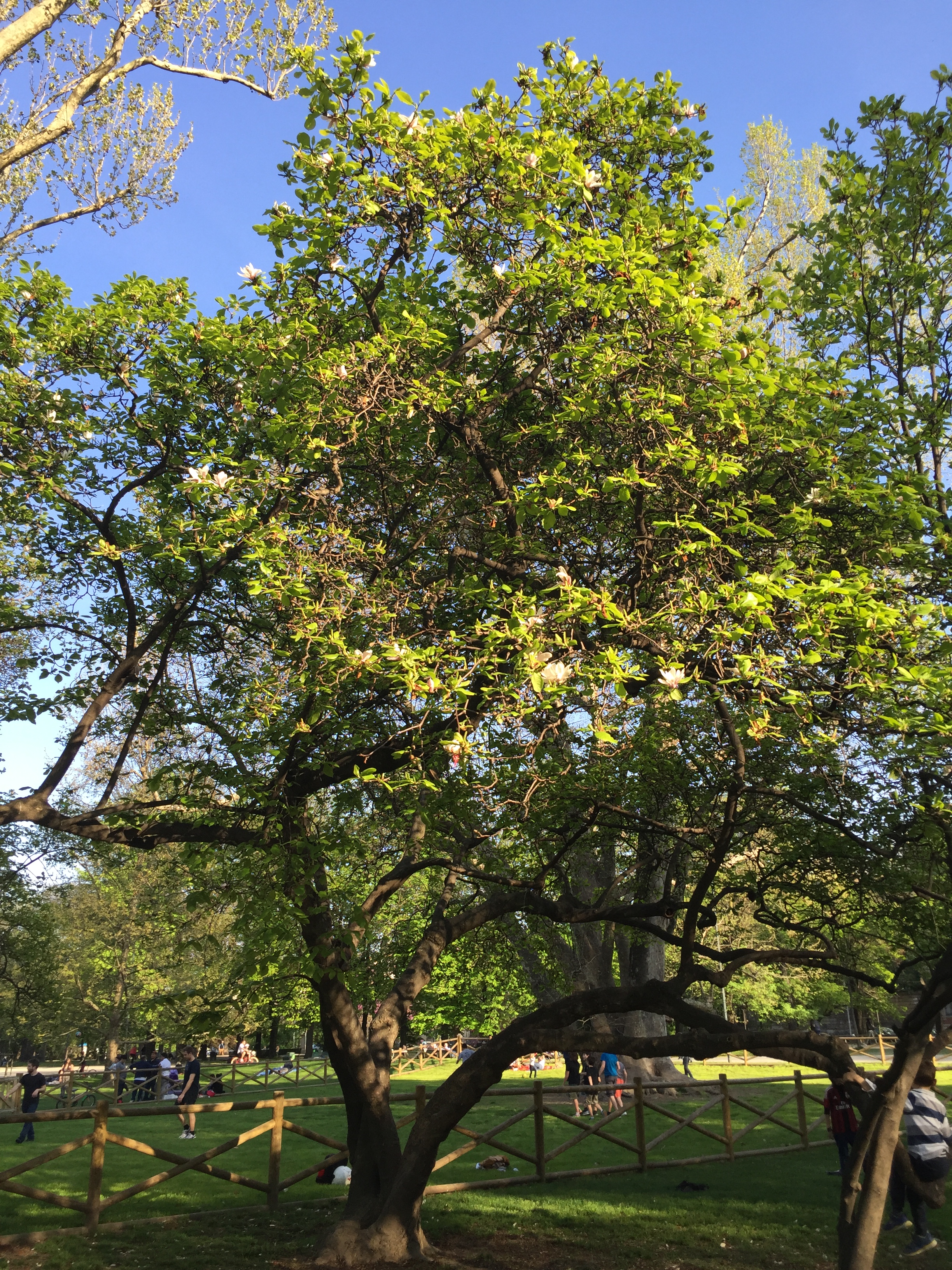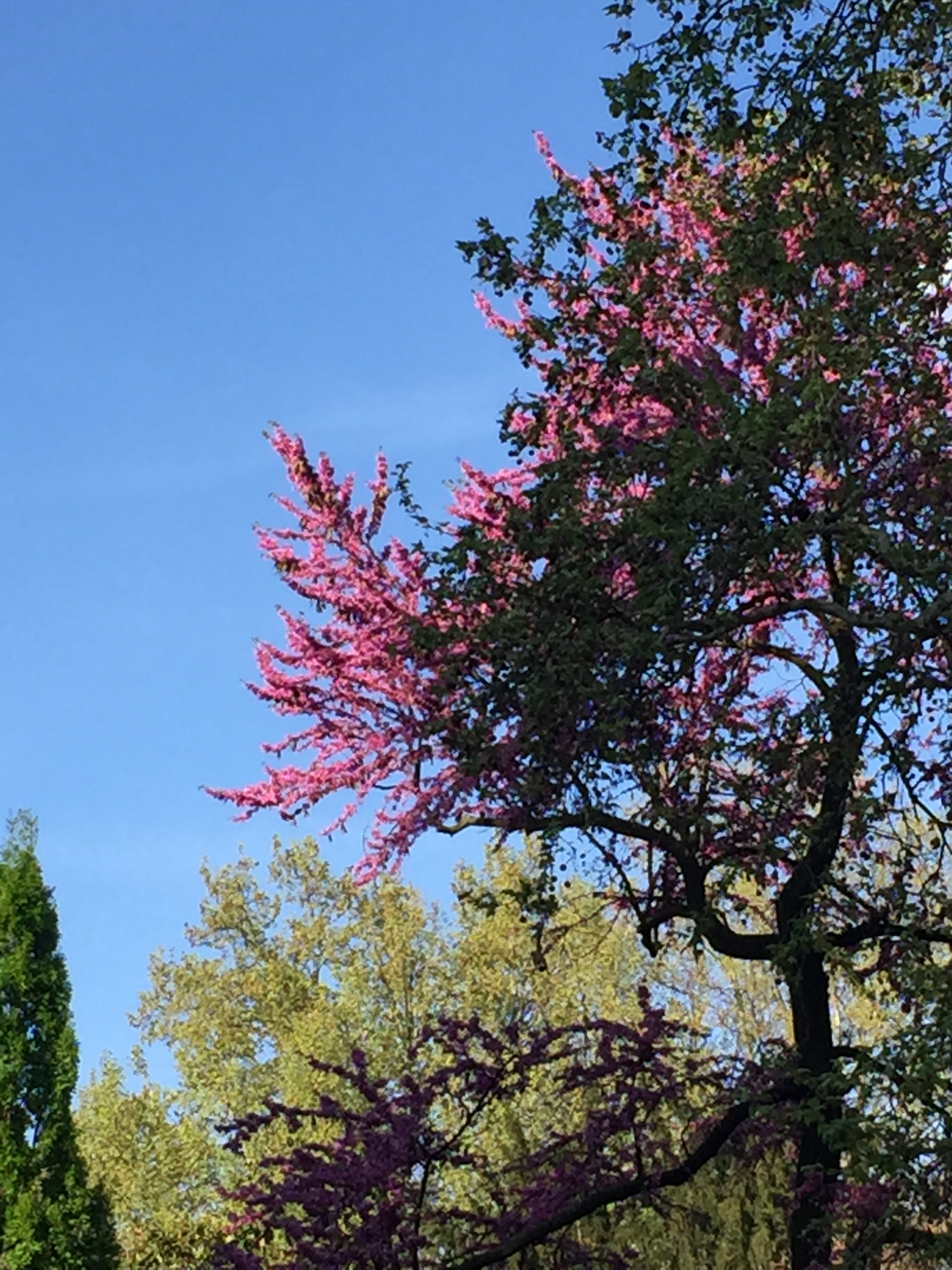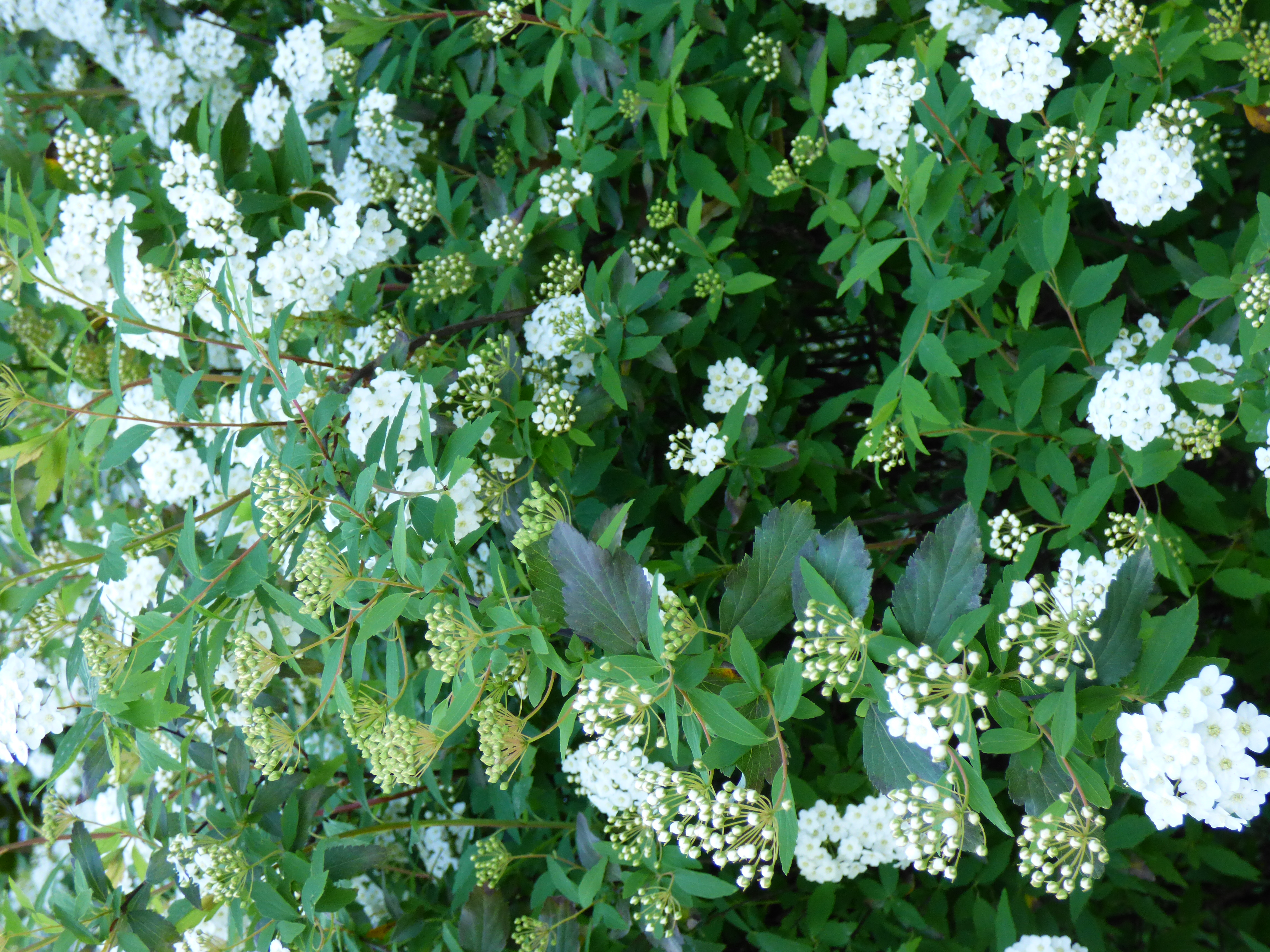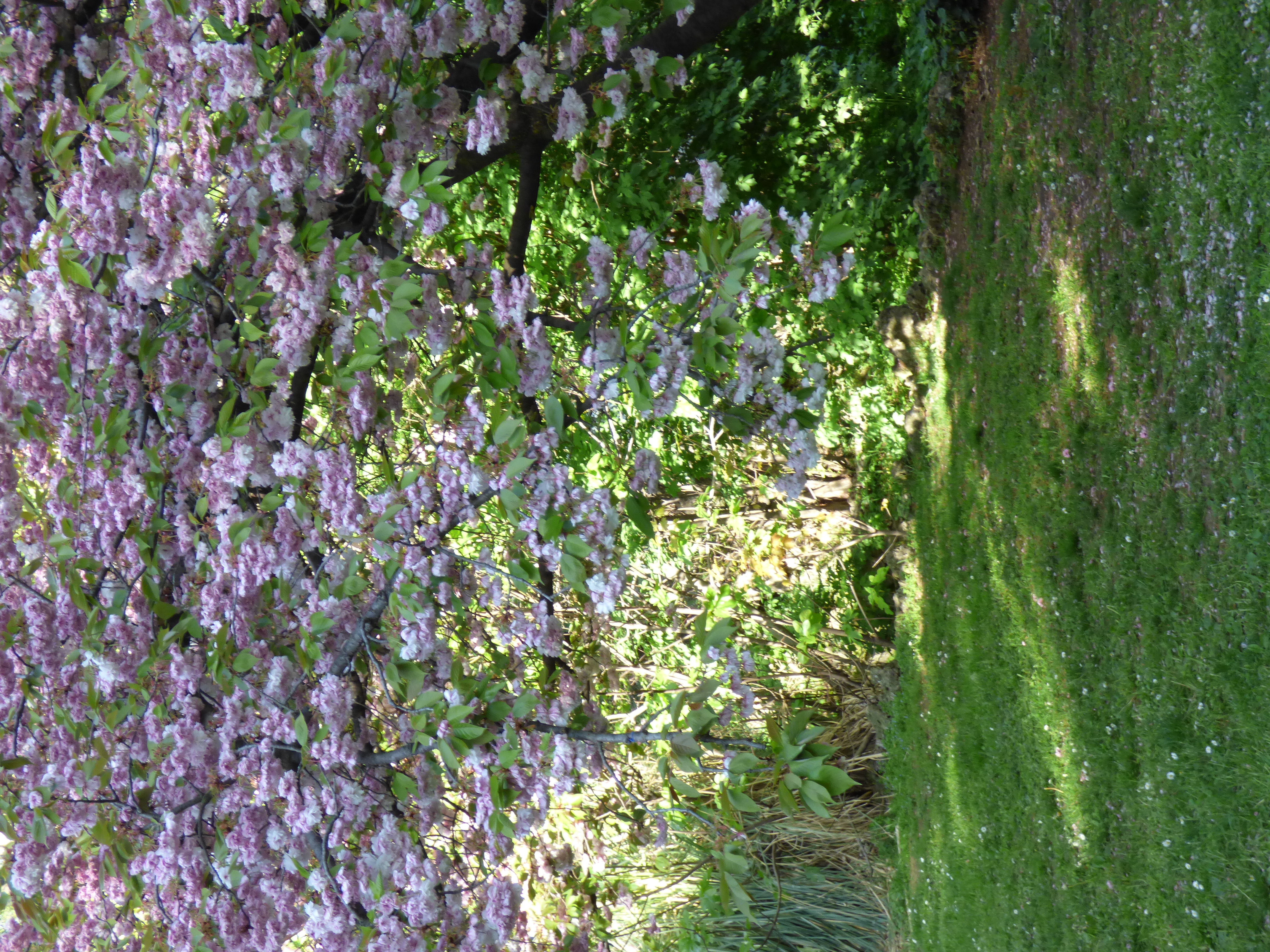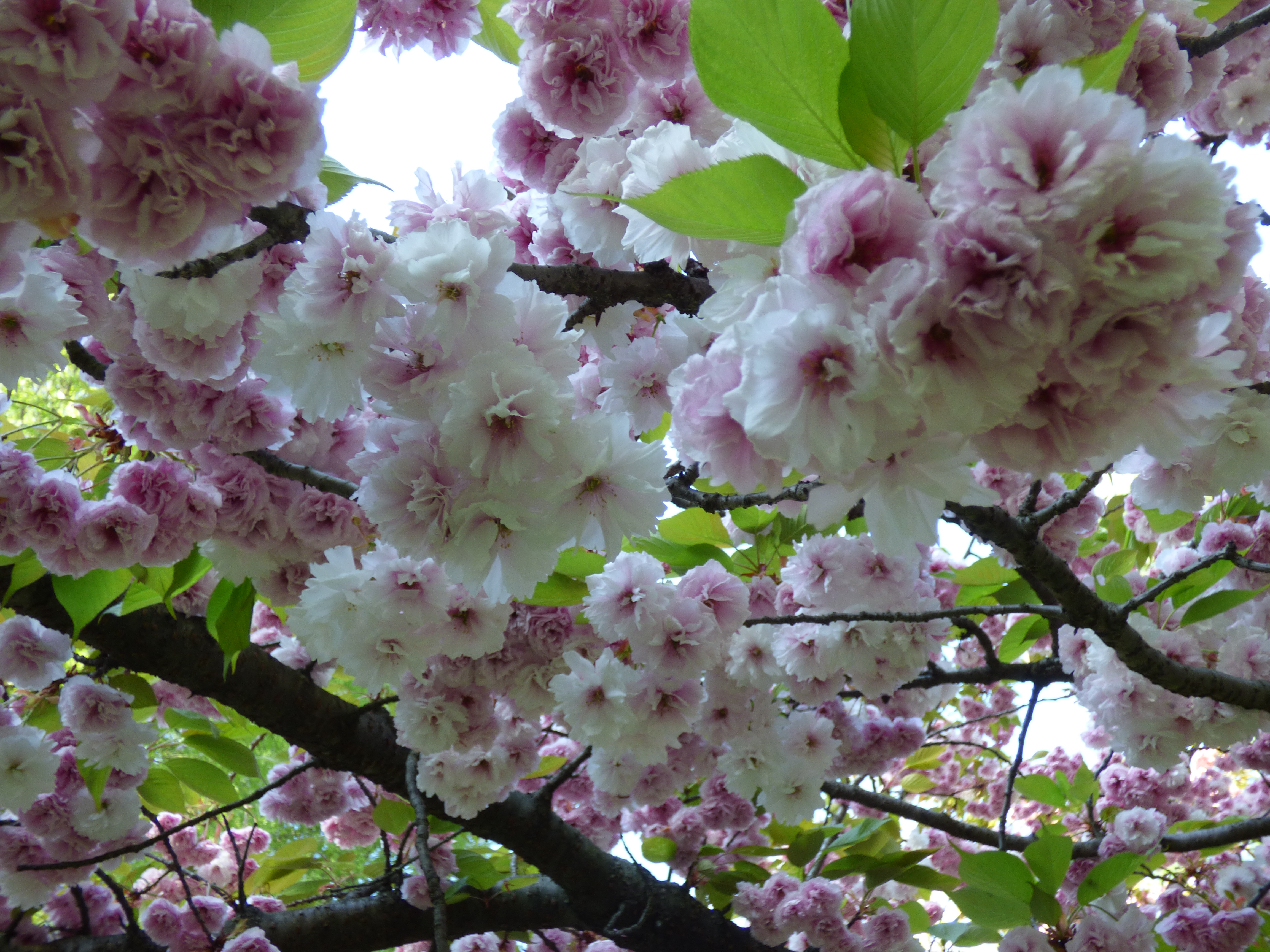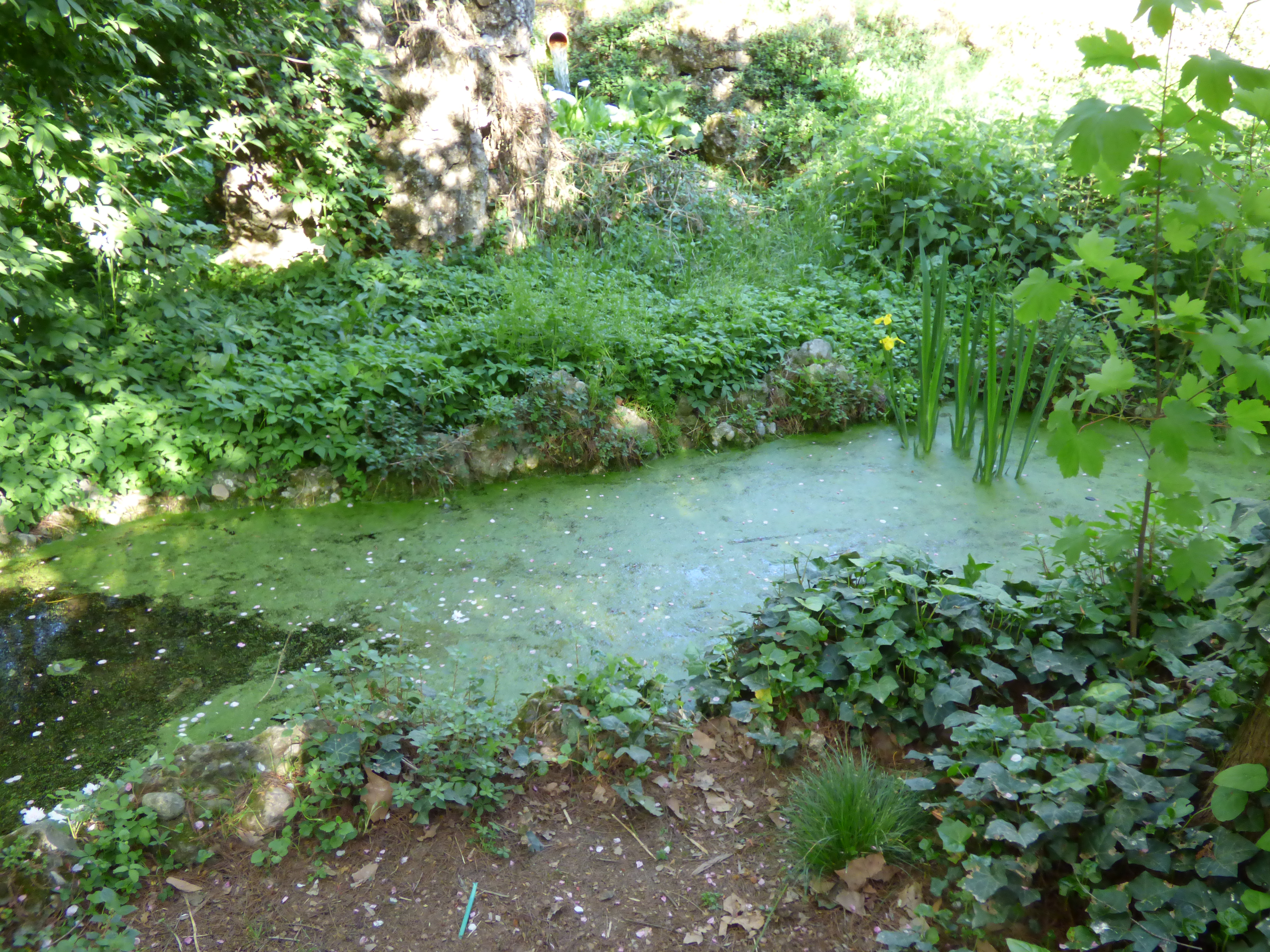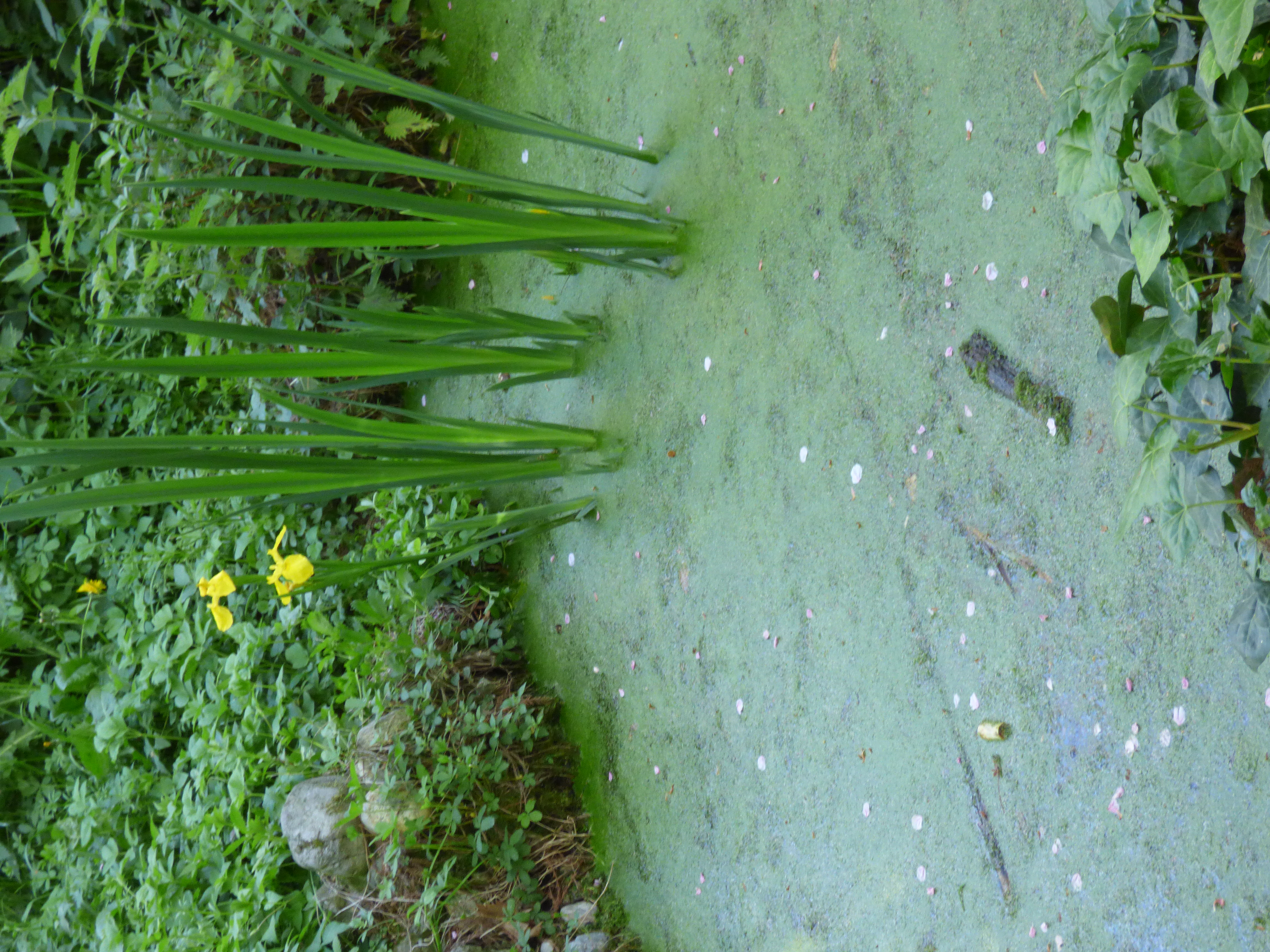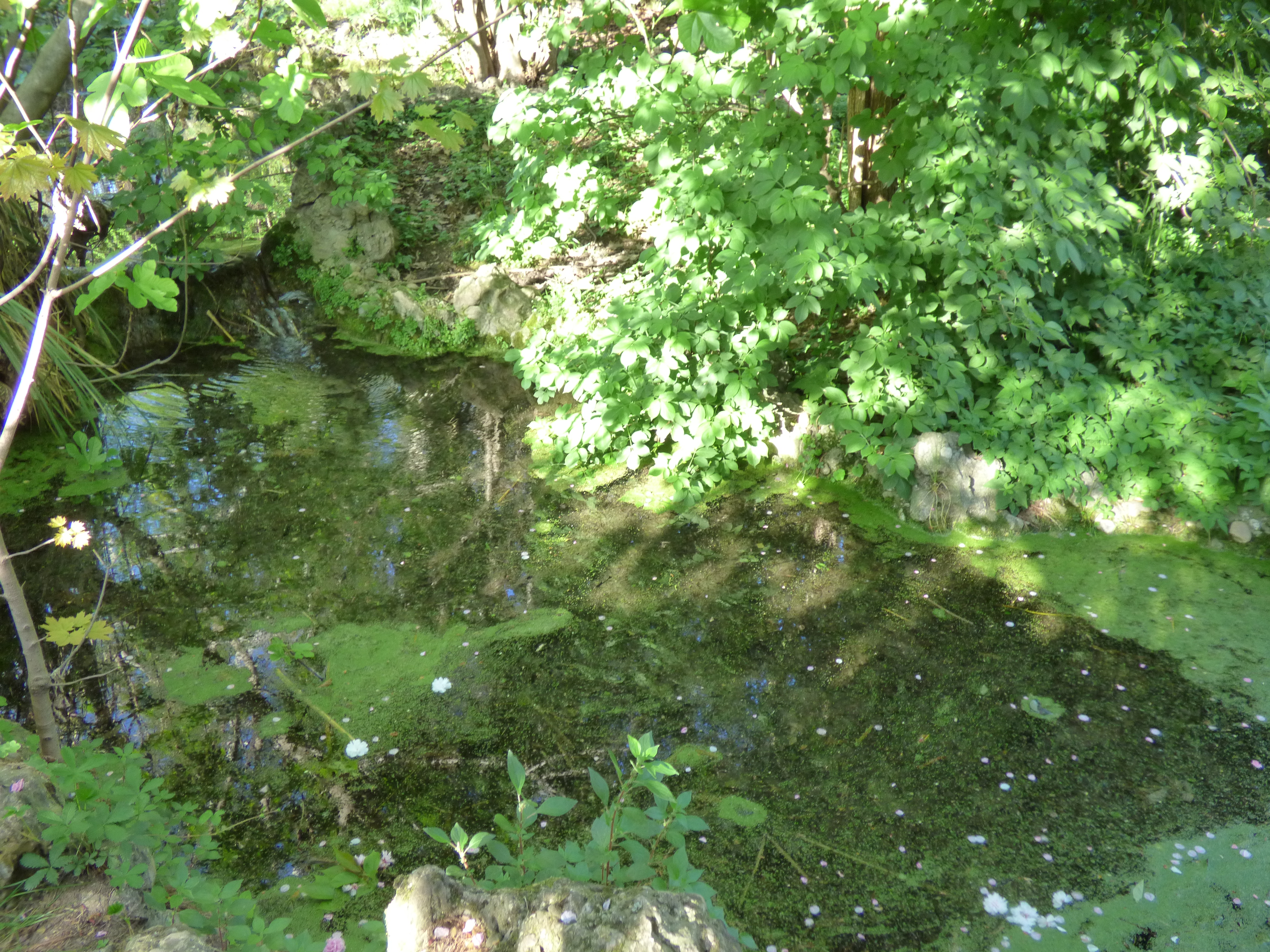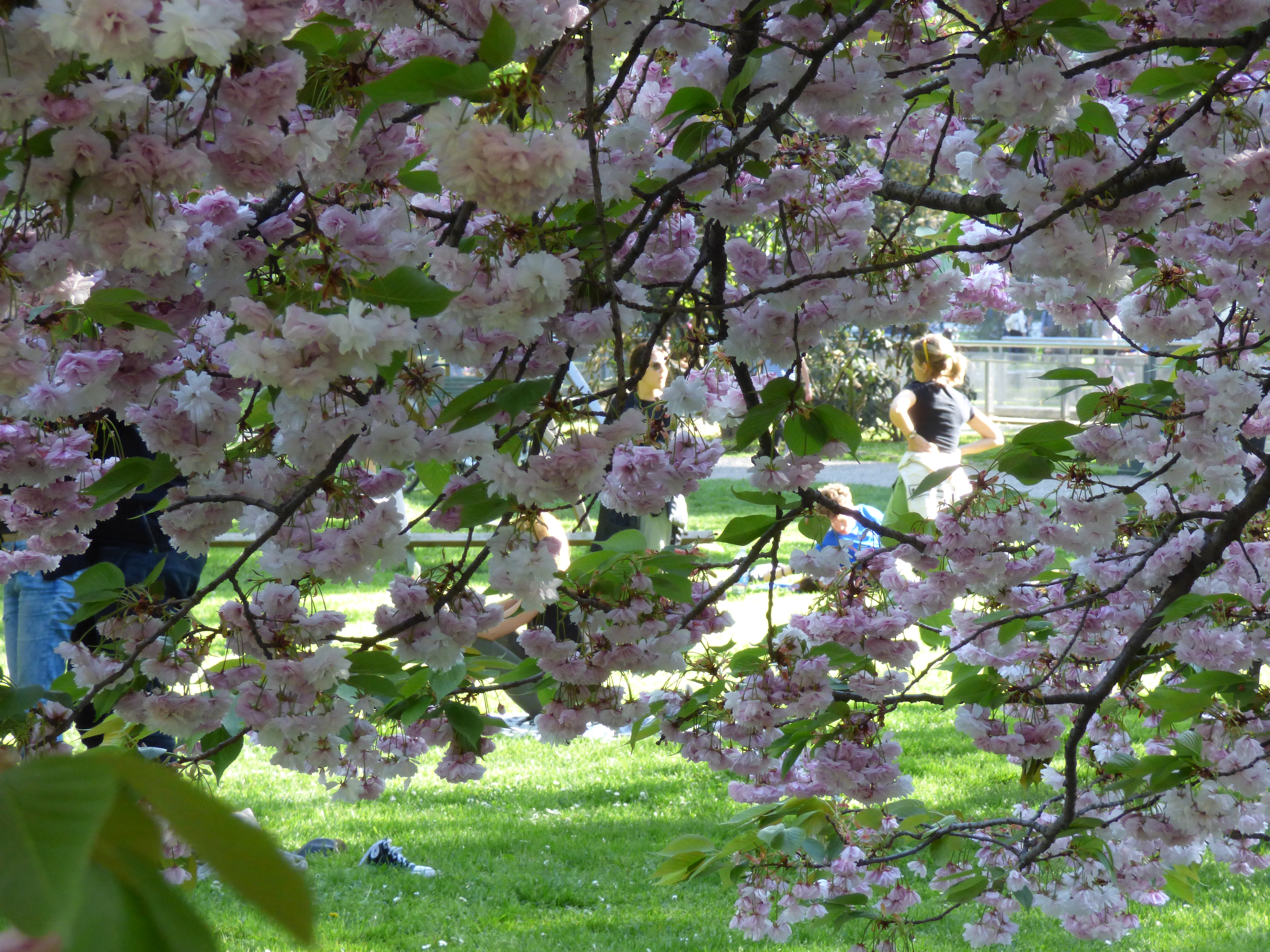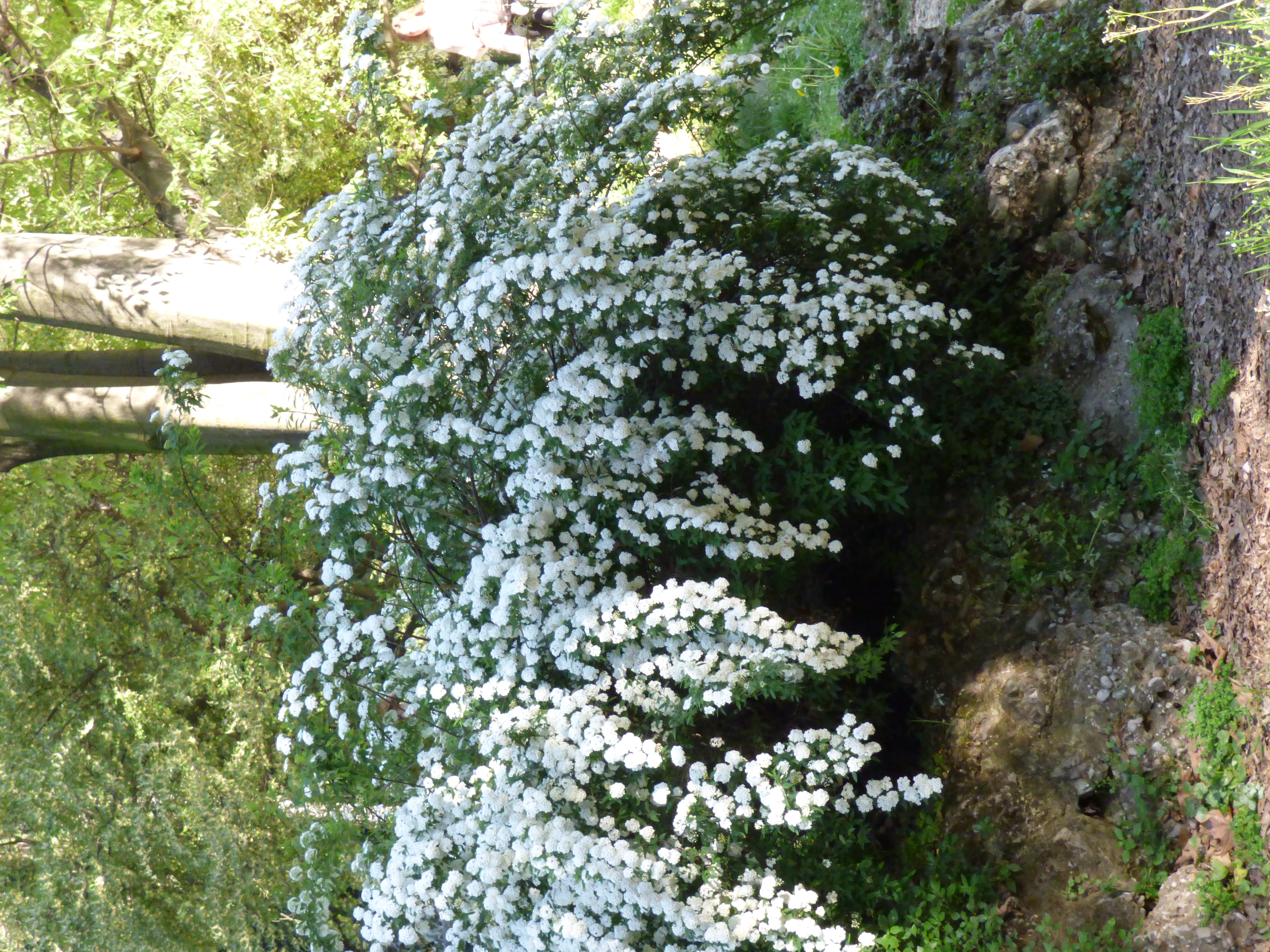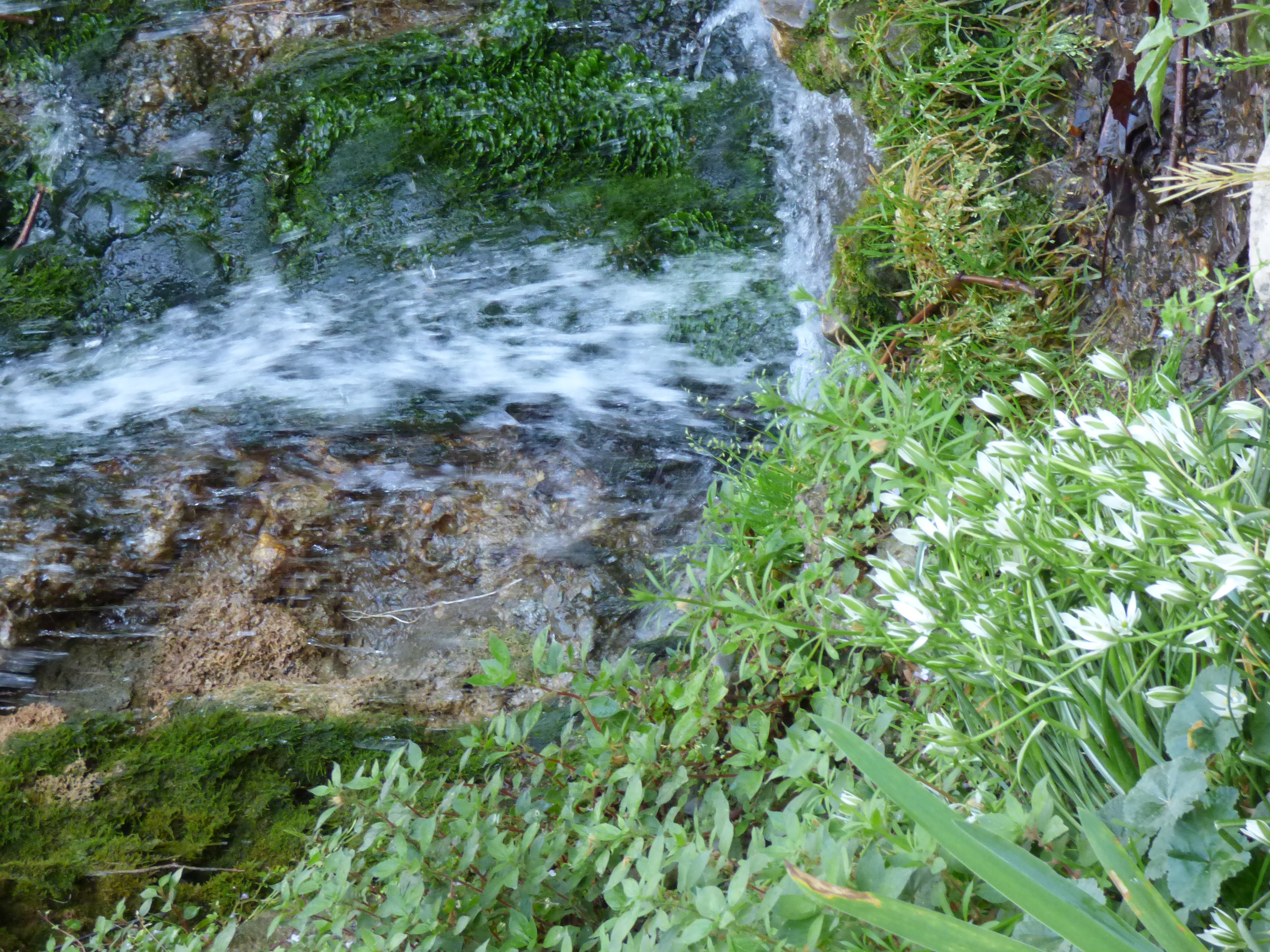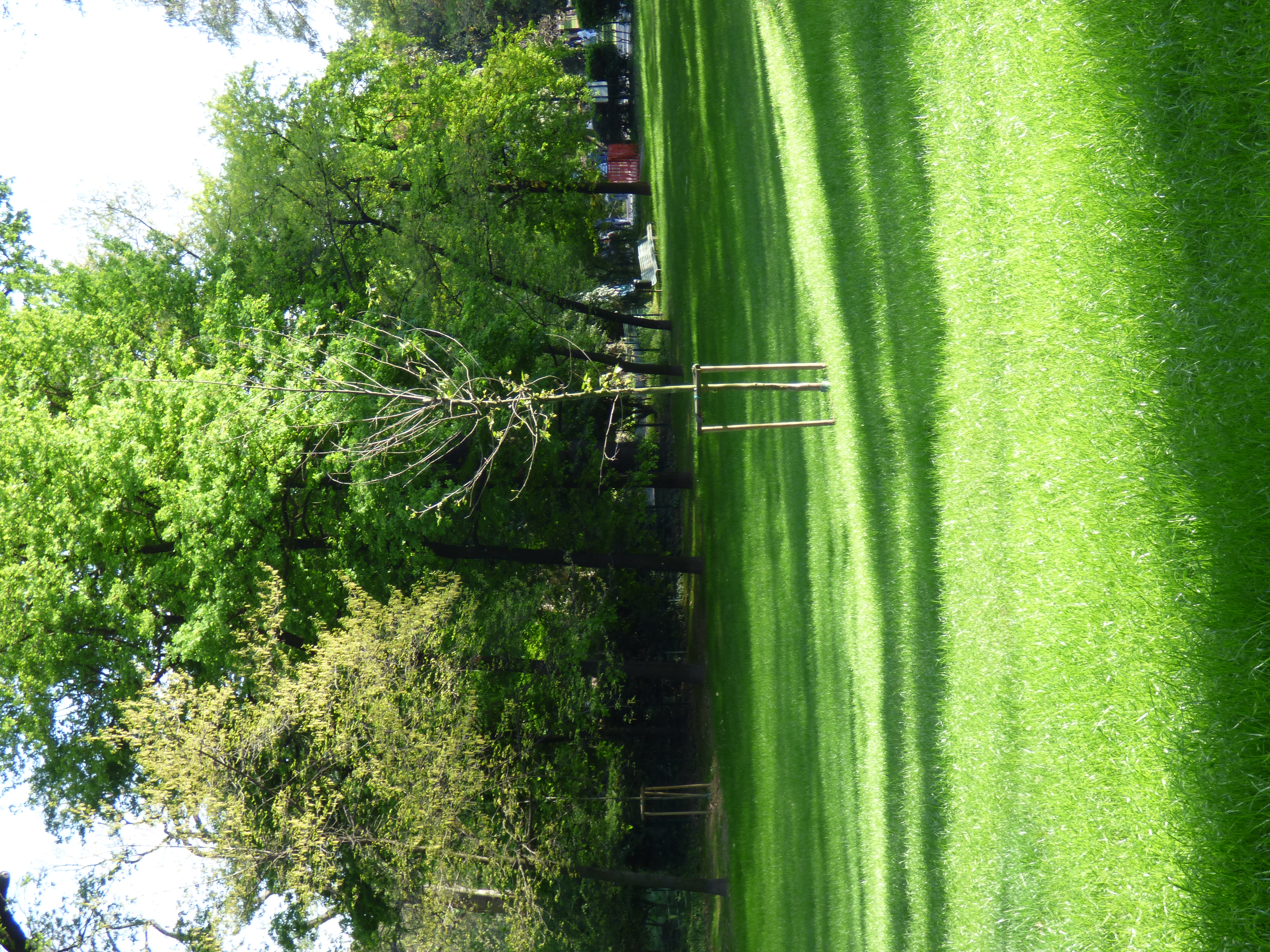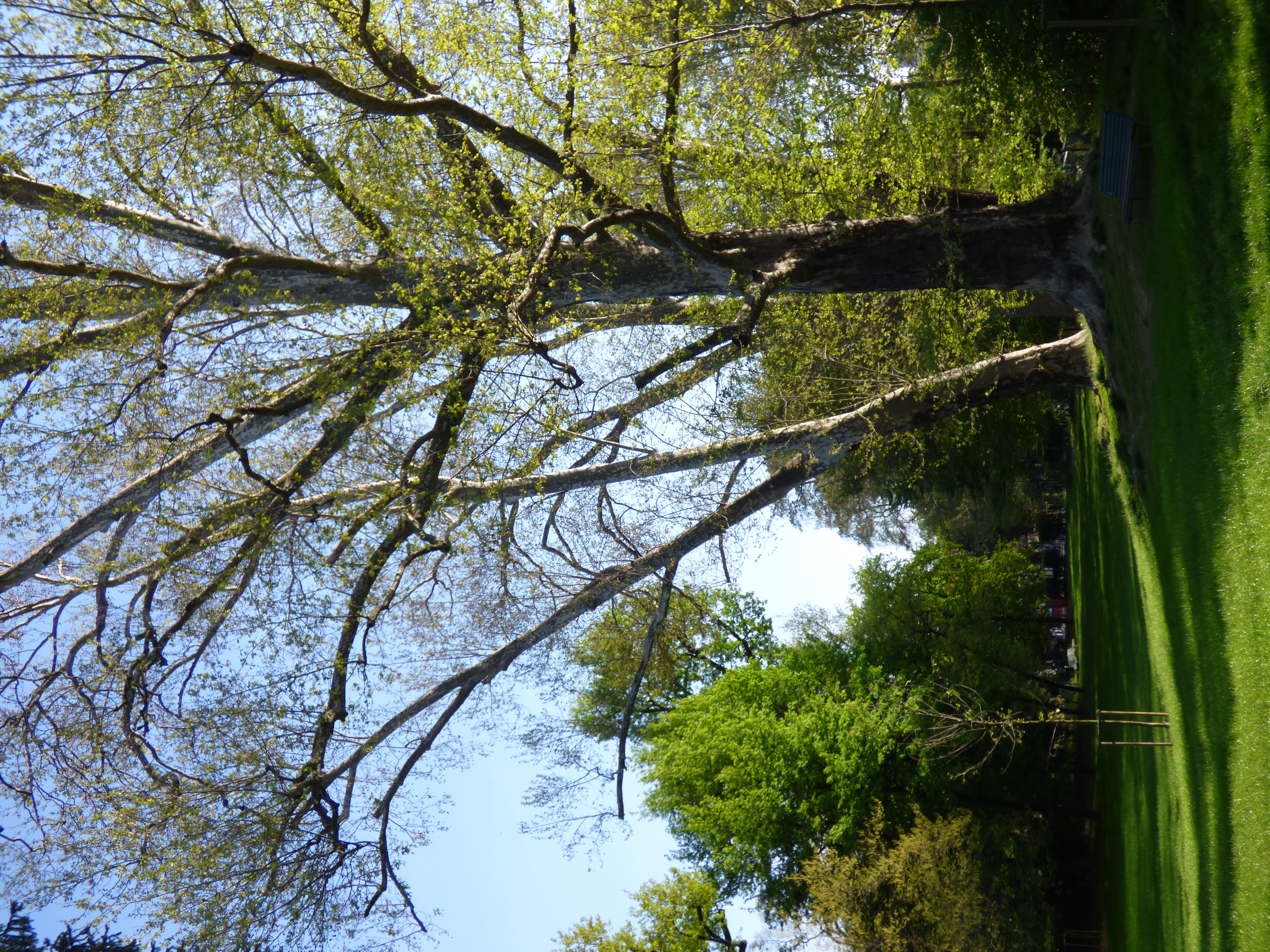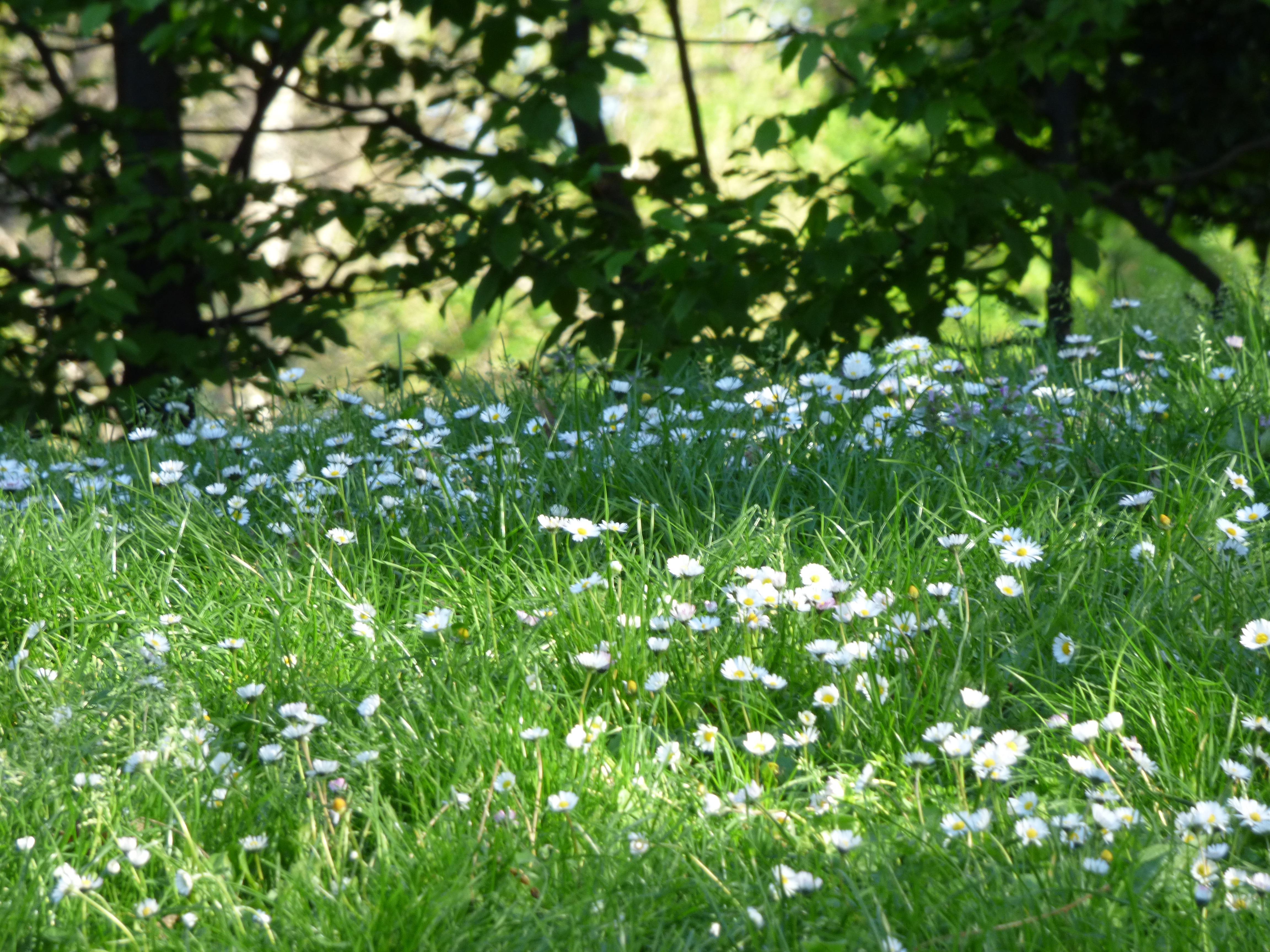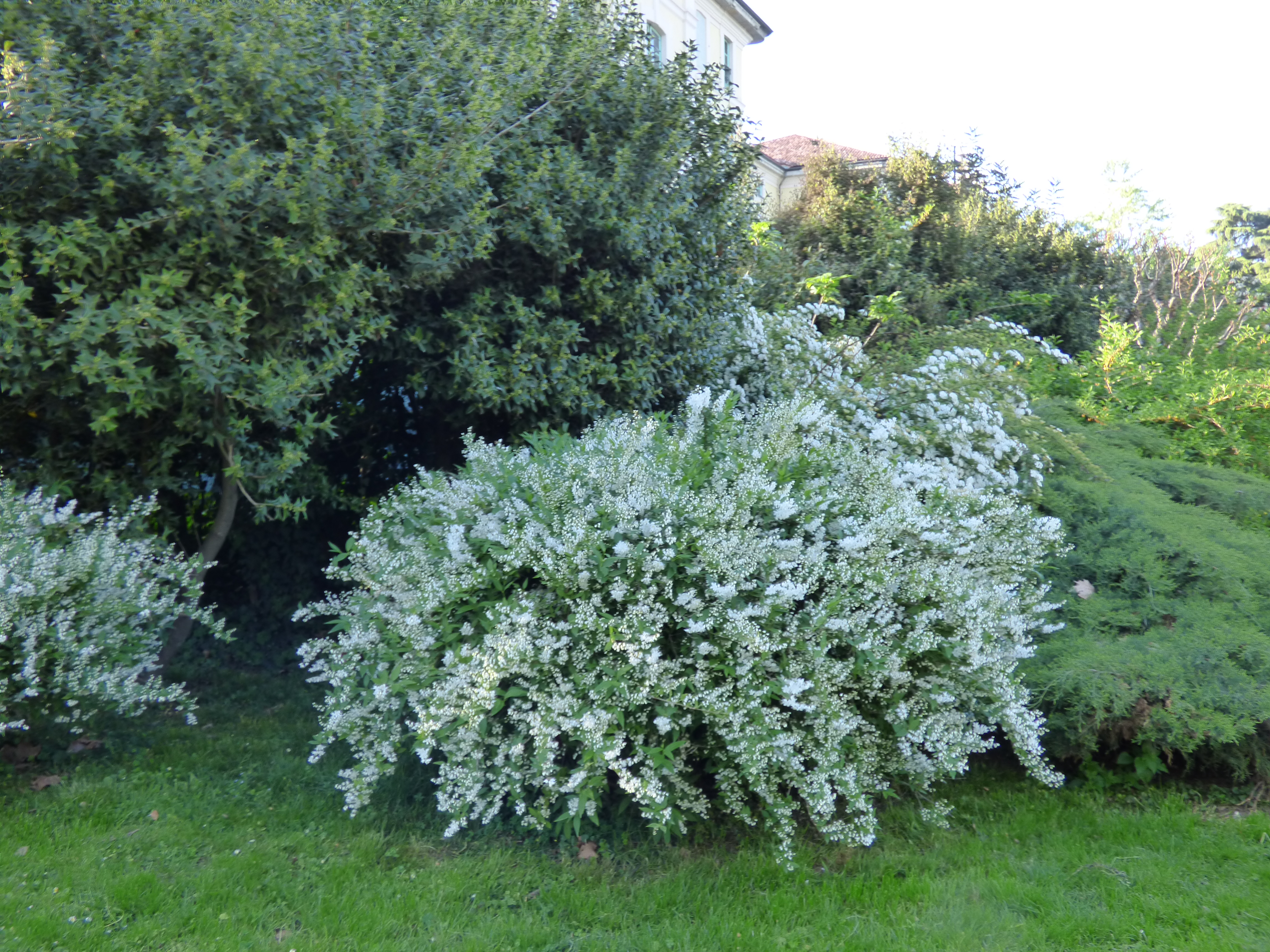
Montanelli Gardens or Porta Venezia Gardens
This post is also available in:
 Italiano (Italian)
Italiano (Italian)
Between 1782 and 1786, these gardens were by the architect Giuseppe Piermarini, on a property of the Monasteries of San Dionigi and the Carcanine Order, later suppressed under the Habsburg rule of the city. The project was inspired by the very “Enlightenment” principles of space rationalization – the garden was thus built on a typically French layout, with the prominent geometric arrangement of the flowerbeds and a refined perspectival effect with tree-lined avenues.
In 1787-88, the project of the “Boschetti” (“the little woods”), on today’s via Marina, was brought to life with two series of five rows of trees (lime trees, elms and horse chestnuts).
The staircase that connects the gardens to the ramparts, the gates interspersed with neoclassical vases, the ball game area where the Planetarium and Mount Merlo now stand, date back to the original Piermarini’s project.
In 1862, the New Public Gardens were opened, after some work done by architect Giuseppe Balzaretto, who integrated this space with Palazzo Dugnani, creating a landscaped garden on the Southside, and a scenic one with artificial rocks, facing North. Balzaretto resorted to rock formations in order to cope with some differences in heights and the present streams, while he also added the Coffee Pavilion on Monte Merlo – the pavilion was then turned into a primary school, after some major restorations in 1920.
The latest design modification was that of the architect Emilio Alemagna, around the end of the XIX century. Alemagna enlarged the existing pond, replaced Piermarini’s staircase with a double flight of stairs climbing up to the ramparts and enclosing a waterfall; finally, he modified the typical “ha-ha” English garden ditch, which had been previously designed by Balzaretto as a barrier between Villa Reale, via Palestro and the garden.
In 2002, the public gardens were renamed in honour of the late journalist Indro Montanelli (1909-2001).
The park includes some buildings such as the Civic Museum of Natural History, the Ulrico Hoepli Planetarium, rides and games for children, as well as several refreshment kiosks.
In May, it hosts “Orticola”, the plant/flower market exhibition organized by the Lombardy Horticultural Society.
THE TREES
There are some monumental dawn redwood trees (Metasequoia glyptostroboides), saucer magnolias (Magnolia x soulangeana), a row of horse chestnuts (Aesculus hippocastanum), huge bald cypresses (Taxodium distichum) on the lake shores, and some centuries-old plantains near the entrance in Piazza Cavour.
This post is also available in:
 Italiano (Italian)
Italiano (Italian)
Contatti
Bastioni di Porta Venezia, via Manin, via Palestro, Corso Venezia - Milano(MI)
Altre info
A gennaio e a febbraio dalle 6.30 alle 20.00; a marzo e ad aprile dalle 6.30 alle 21.00; a maggio dalle 6.30 alle 22.00; da giugno a settembre dalle 6.30 alle 23.30; ad ottobre dalle 6.30 alle 21; a novembre e a dicembre dalle 6.30 alle 20.00

